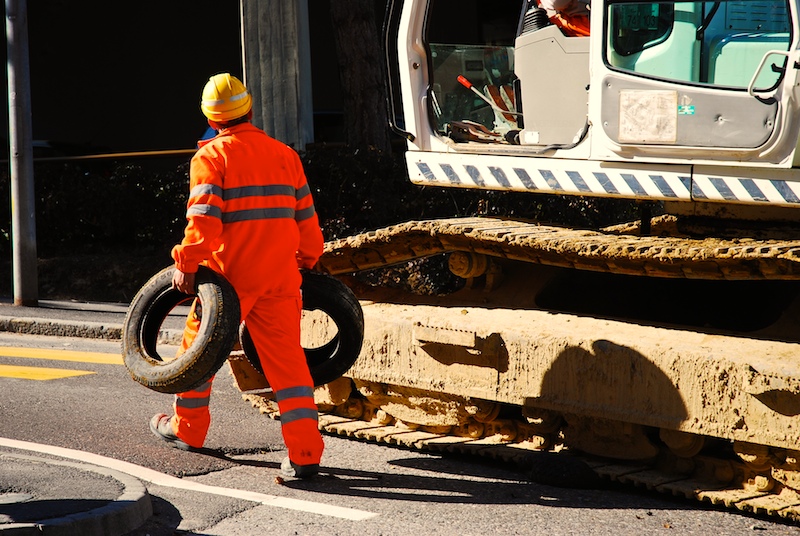The workplace is a common site for excessive noise levels and it can lead to problems other than just loss of hearing. Noisy environments can be dangerous as is can be hard to follow direction, hear warning signals, concentrate, and also make it hard to communicate with colleges. It has even been proven to raise blood pressure.
If you work in an environment that contains noise sources such as; manufacturing equipment, aircrafts, hammering, jackhammering, heavy equipment, sawing, emergency sirens, construction, or drilling, you should be aware of safe levels and hearing issues.
Heading loss is usually a long term side effect. It doesn’t usually happen overnight, and may not be noticed by the individual.
There are three steps to control these issues in the workplace:
– Recognize that noise could be a problem
Can you communicate effectively with fellow workers from a few feet away from each other?
– Evaluate the extent of the noise.
When levels exceed 85 dBA as an eight-hour TWA, 29 CFR 1910.95 requires the employer to institute a hearing conservation program.
– Control the problem
Administrative controls, engineering controls, or hearing protection devices.
For more information regarding noise in the workplace please refer to the Occupational Health & Safety guidelines.

